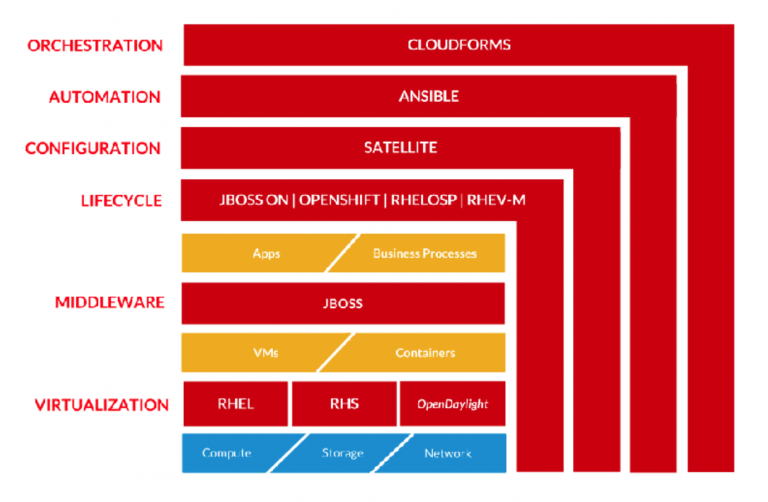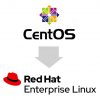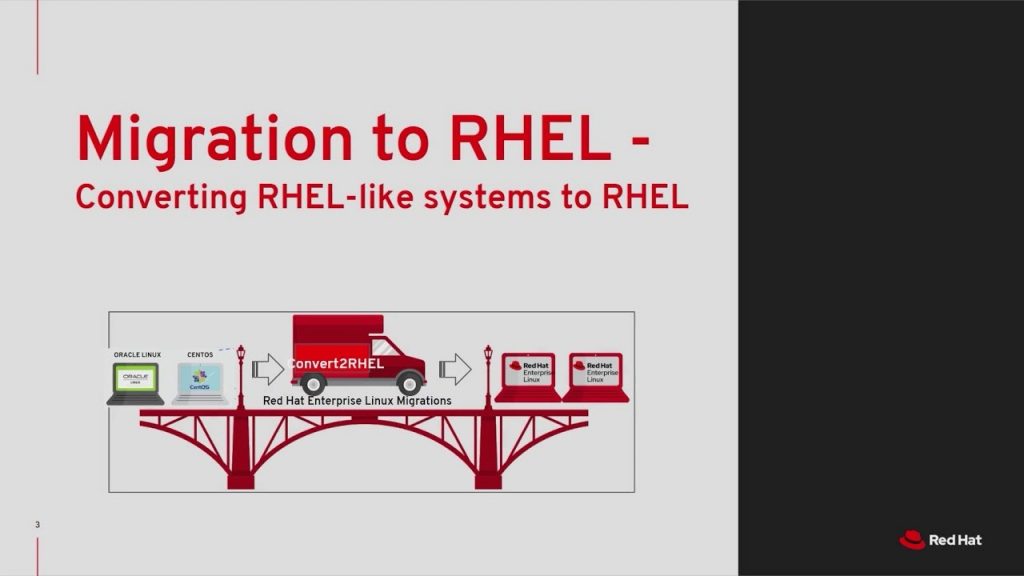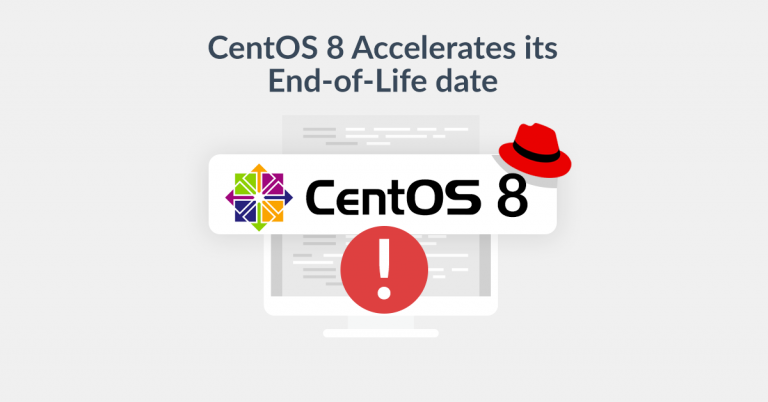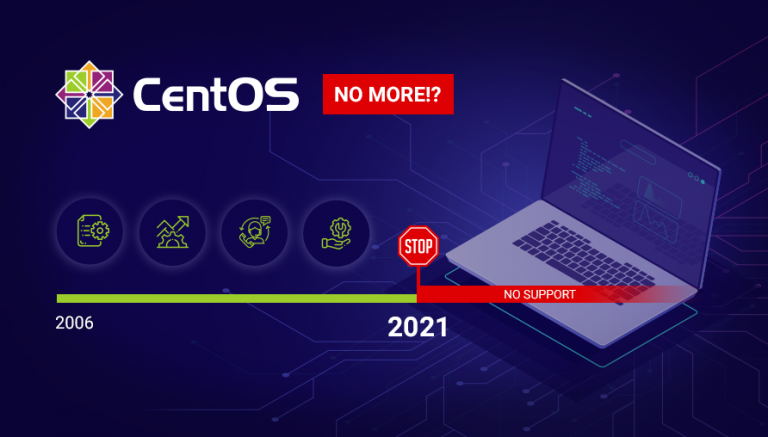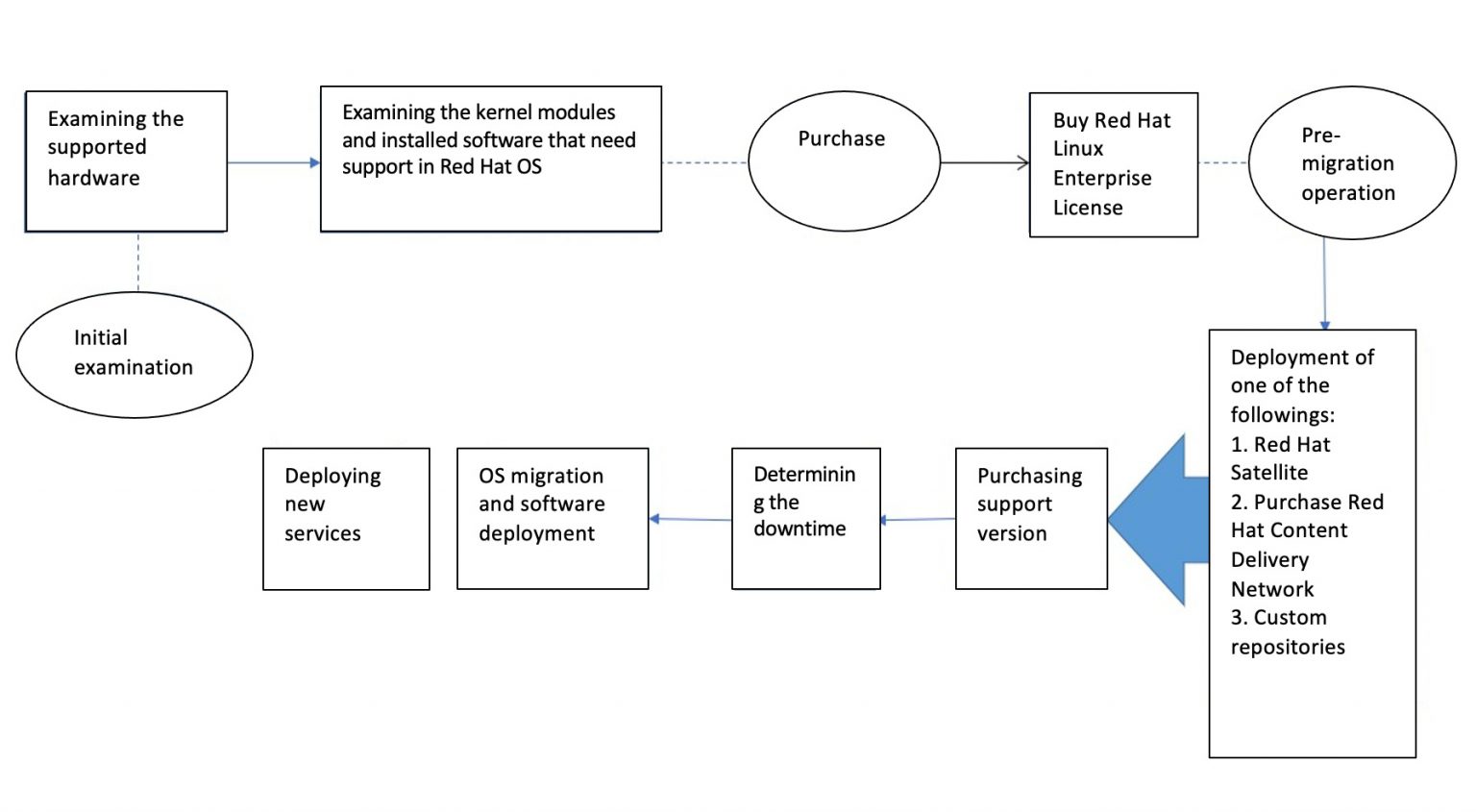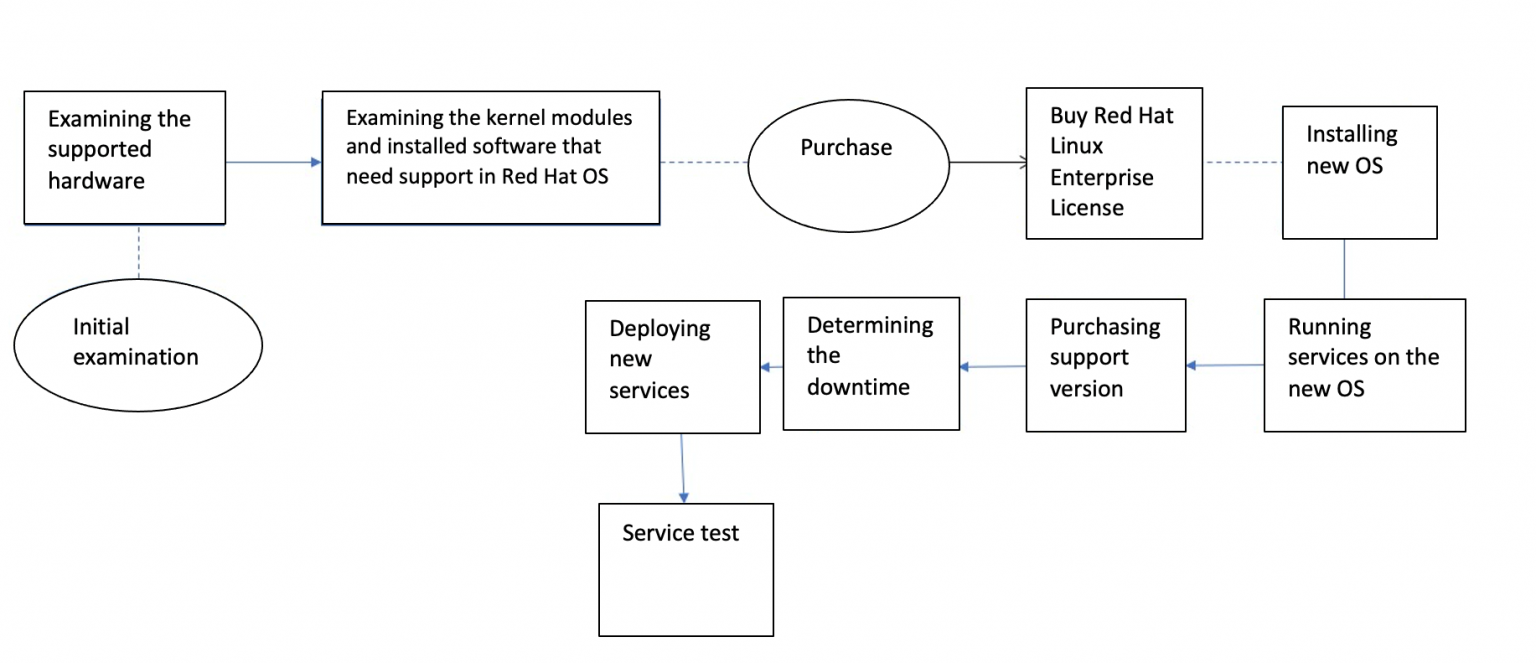Both of these tools are used for optimal management of Linux servers.
Red Hat has introduced different tools for managing Linux servers and Linux operating systems, so that all the processes can be implemented in the servers in the shortest possible time.
Since both of these tools are used to manage Linux servers and Red Hat operating systems, the question that arises most for users is the exact difference between these two?
The first point about the Red Hat Satellite tool is that it is only used for Red Hat Linux servers, but Red Hat Ansible has a variety of applications and can be used for all types of Linux. It can be said that Red Hat Ansible is not limited to Red Hat Linux.

The second point about Red Hat Satellite is that this tool is mainly used for Package Management or central and automatic server updates, but Red Hat Ansible has more capabilities. That is, in addition to central updating, Red hat Ansible provides more extensive facilities to organizations. In fact, Red Hat Ansible is a platform for automating all processes in Linux servers and does not focus only on the central update of Linux servers.

A point that should be considered is that the possibility of updating is one of Ansible’s capabilities, but it is better to use RedHat Satellite in this case. Because the versions and authenticity of the packages, i.e., the received updates for the operating system and its components, are carefully checked by RedHat Satellite, and with its help, you can even test the package before installing it.
In general, Ansible provides wider capabilities to organizations, and Red Hat Ansible’s performance is different and it can manage more tasks. Because Red Hat Ansible is actually an automation system and in addition to updating, you can install software on servers, change the software configuration, change IP, etc.
